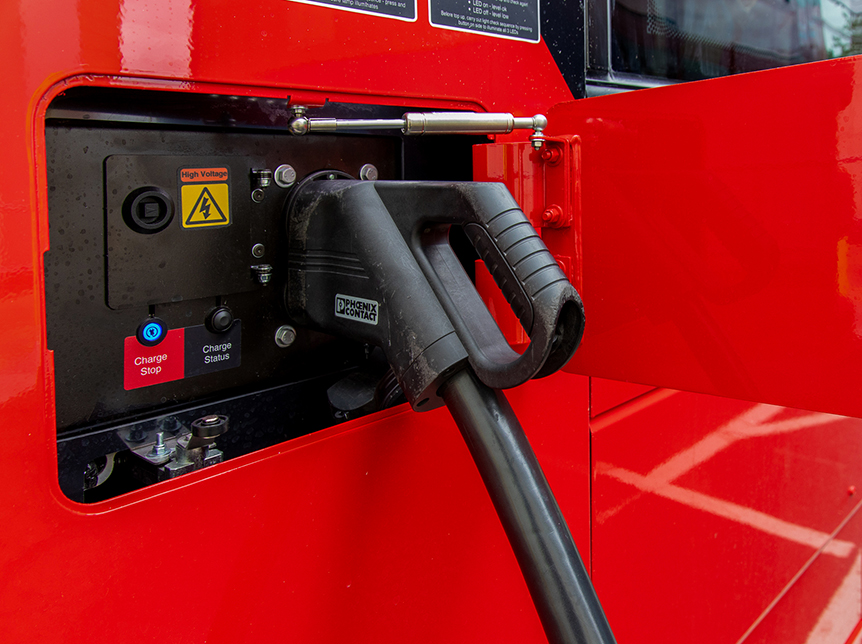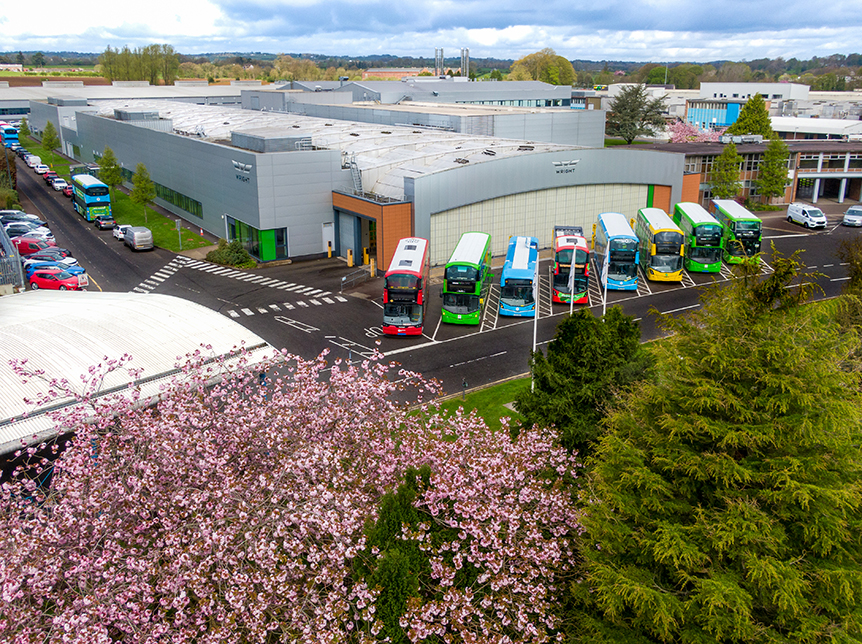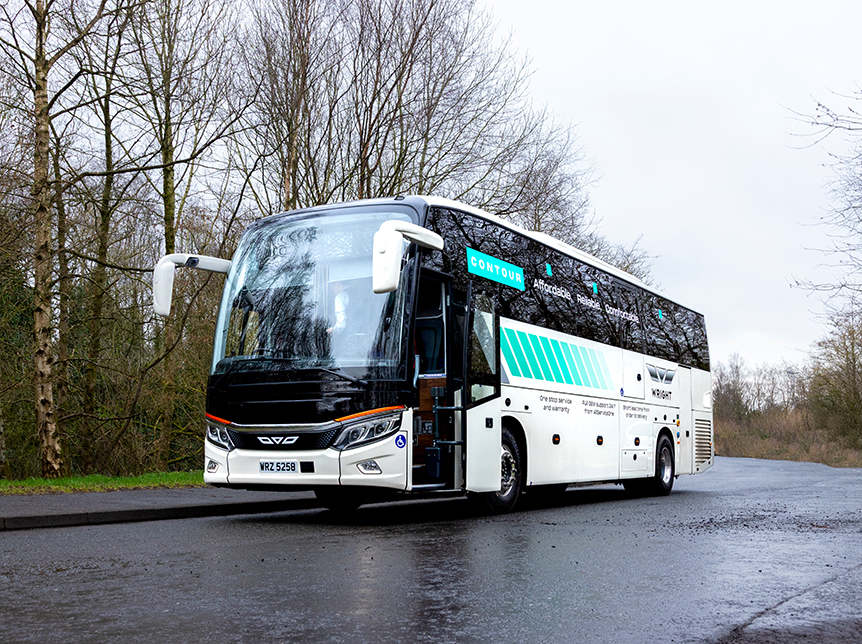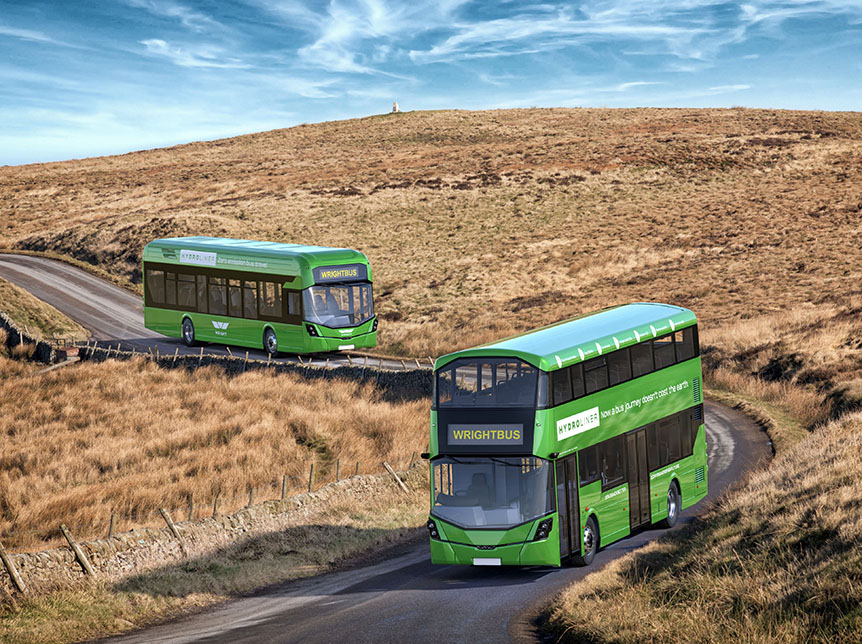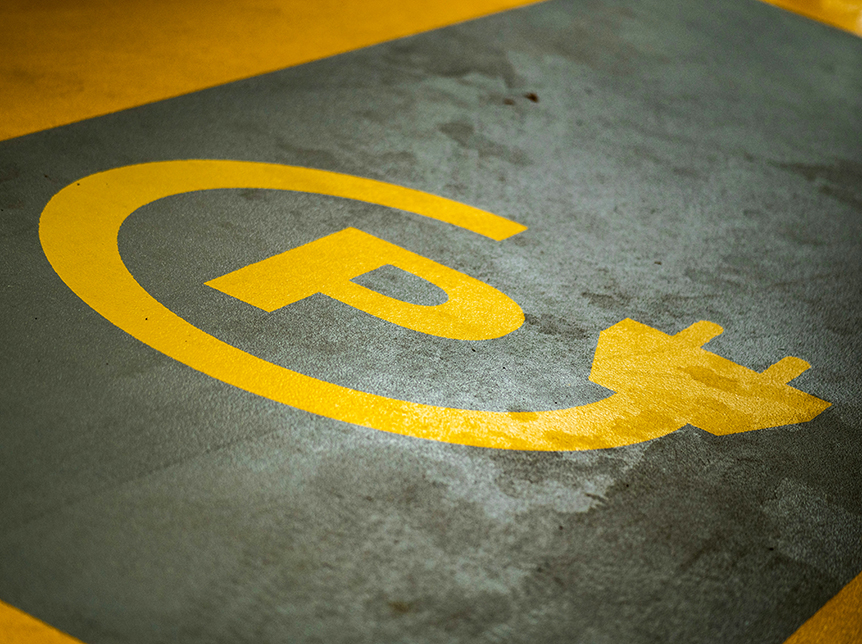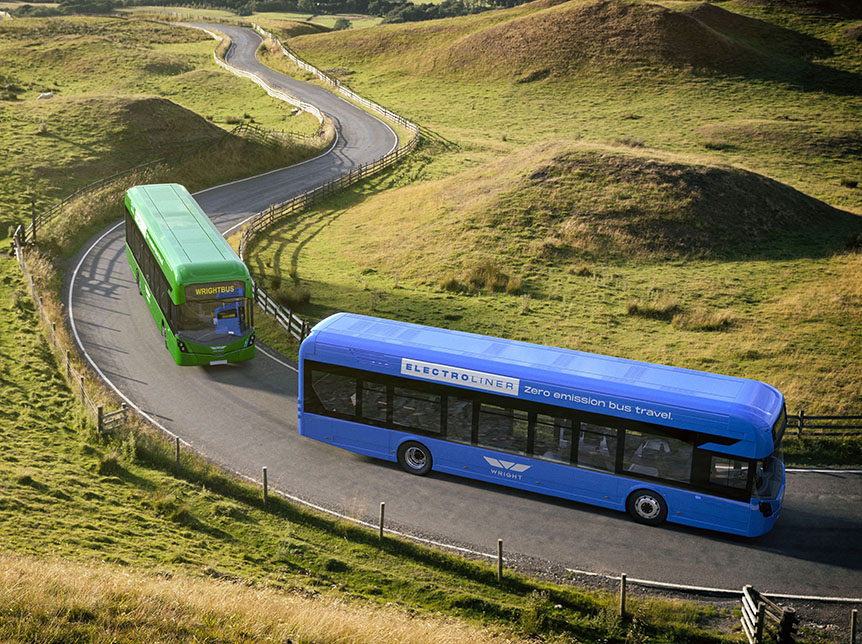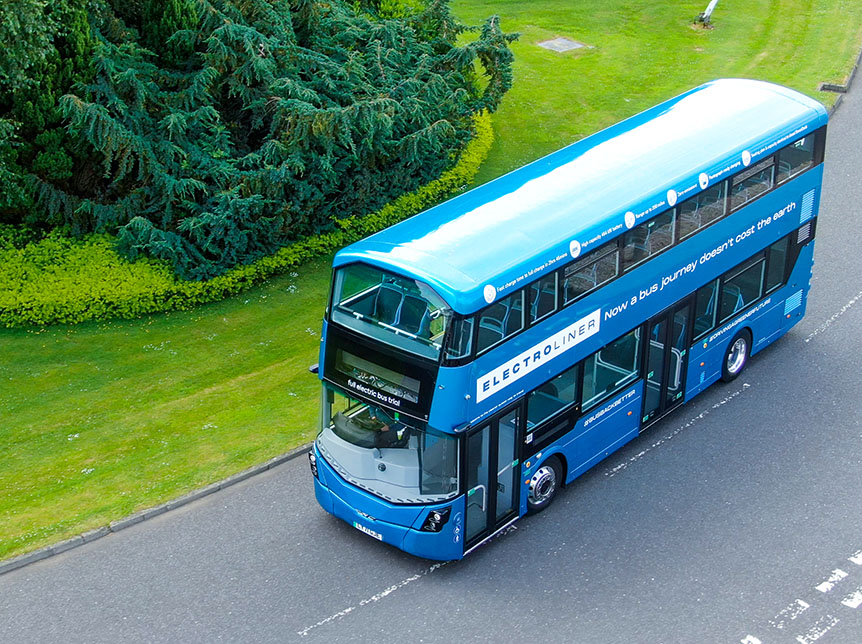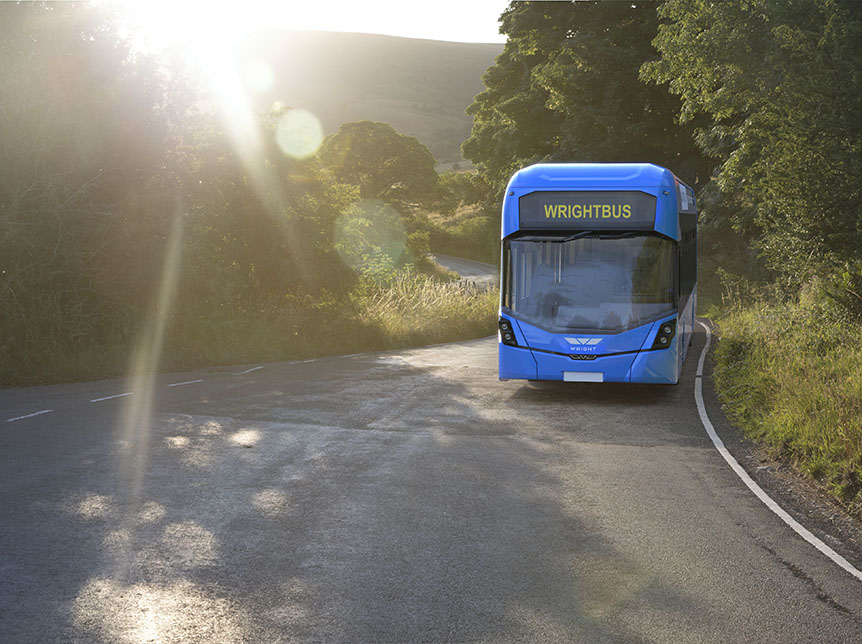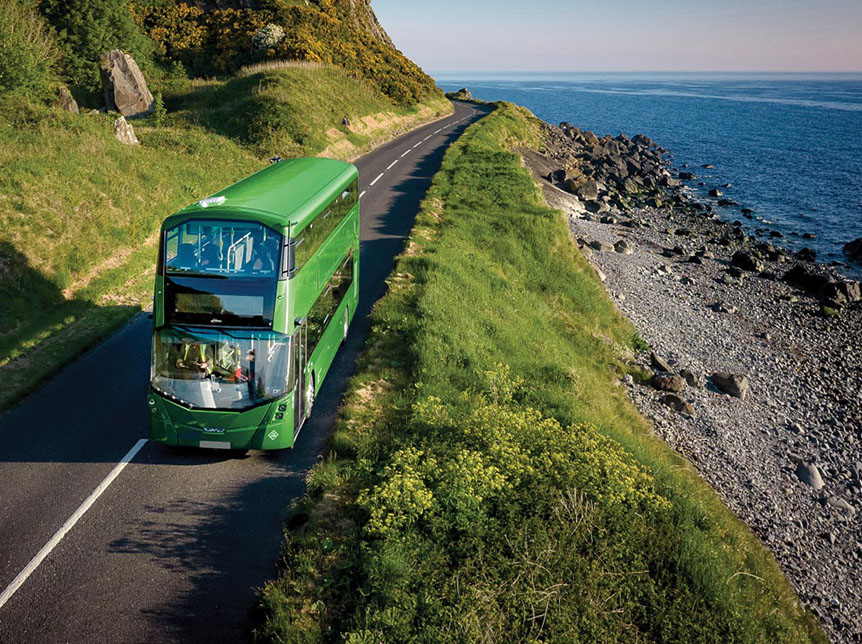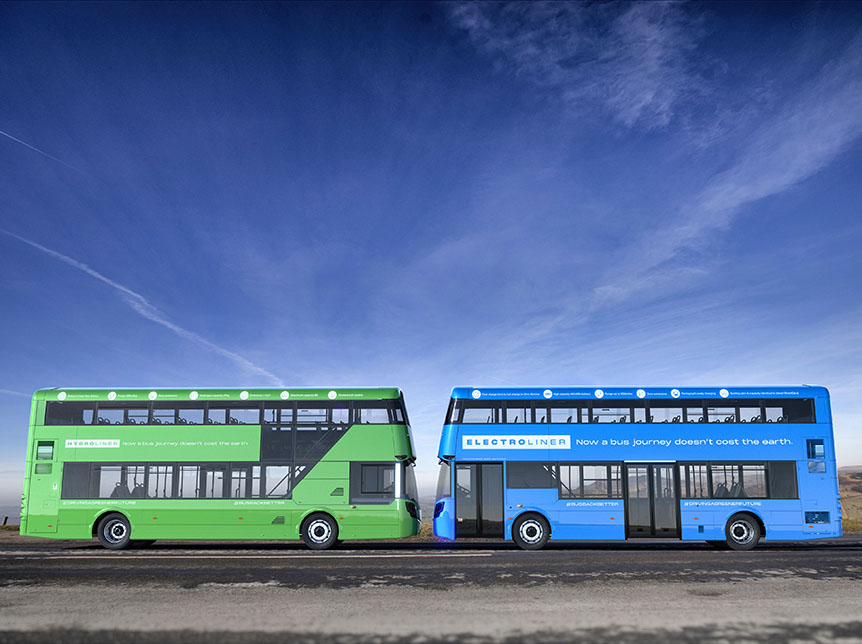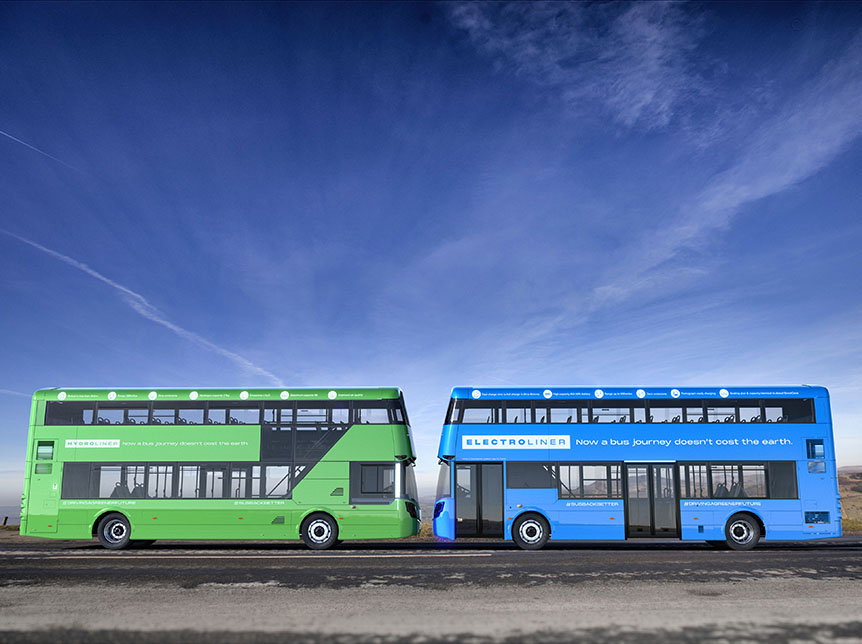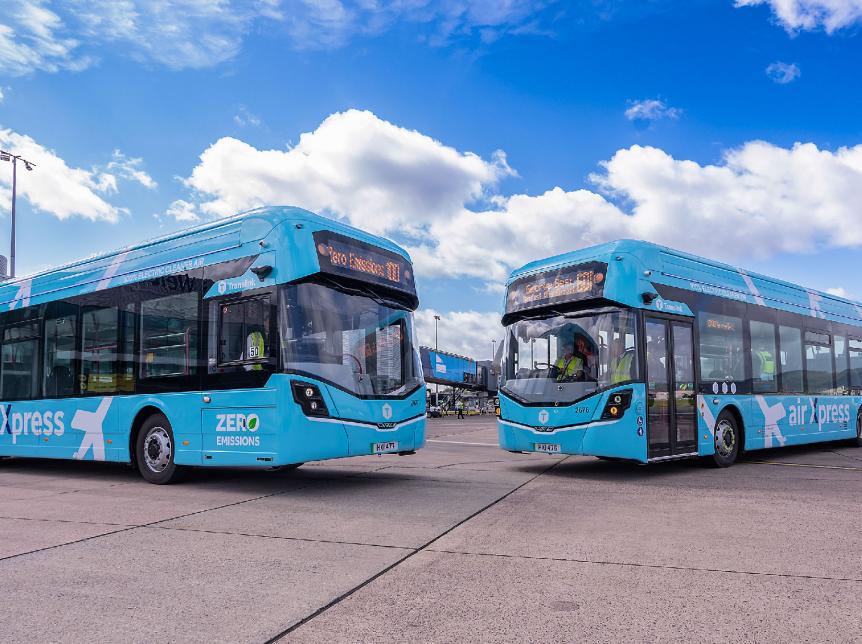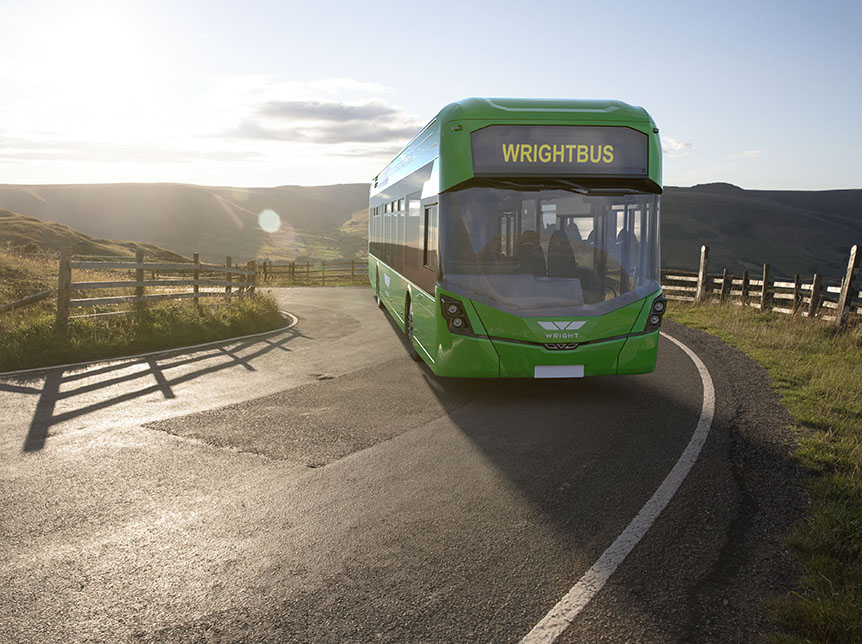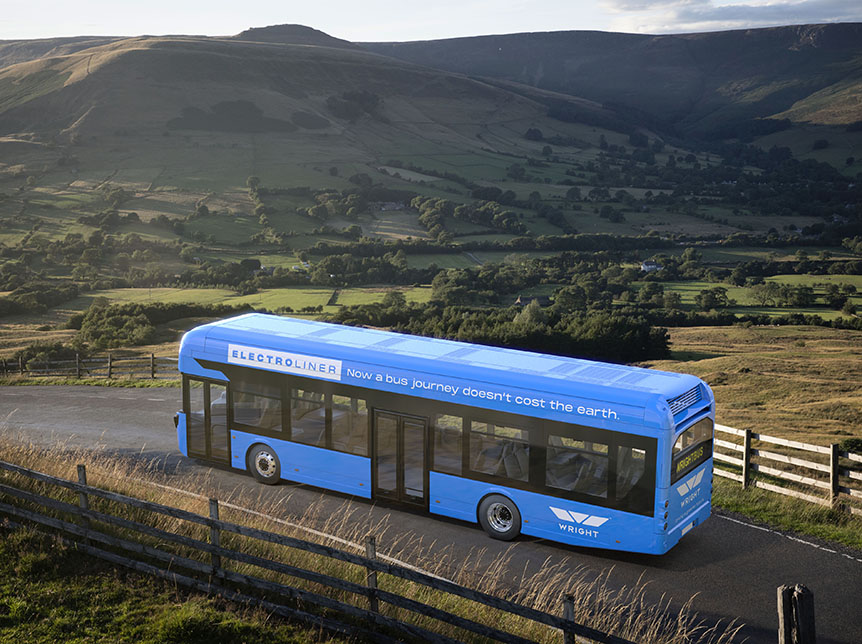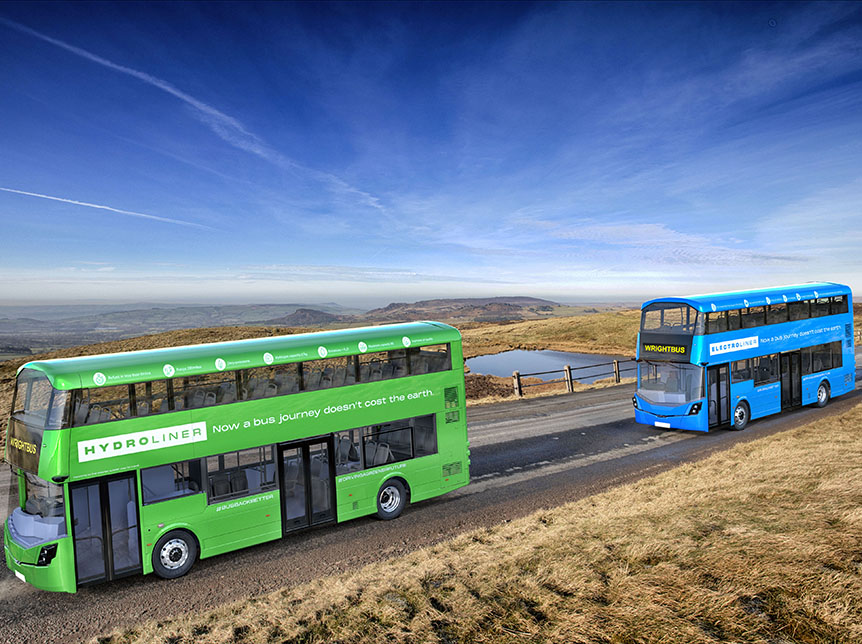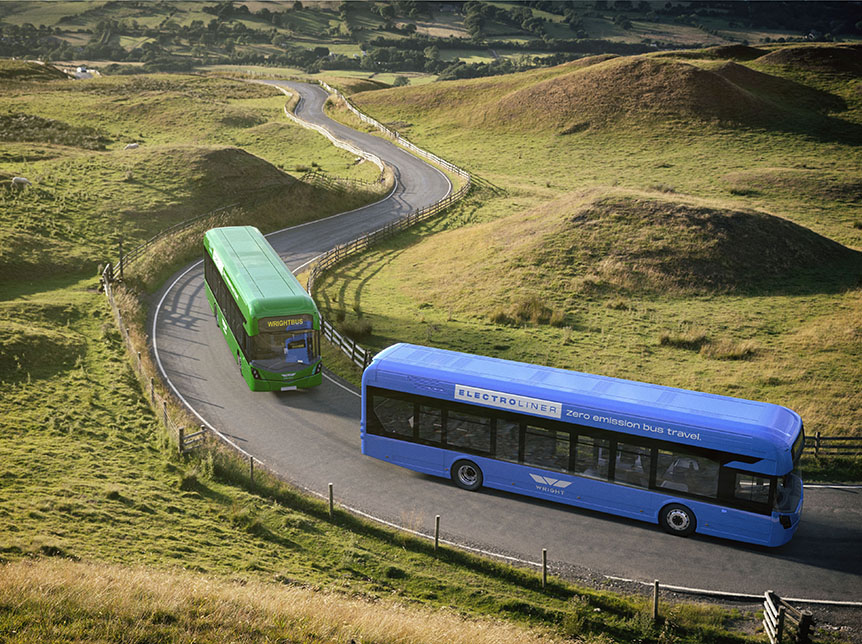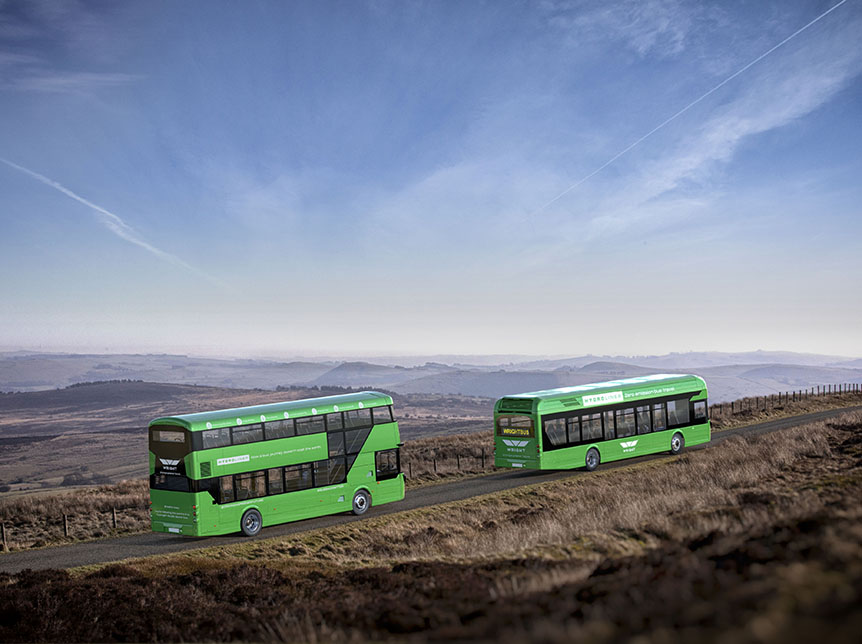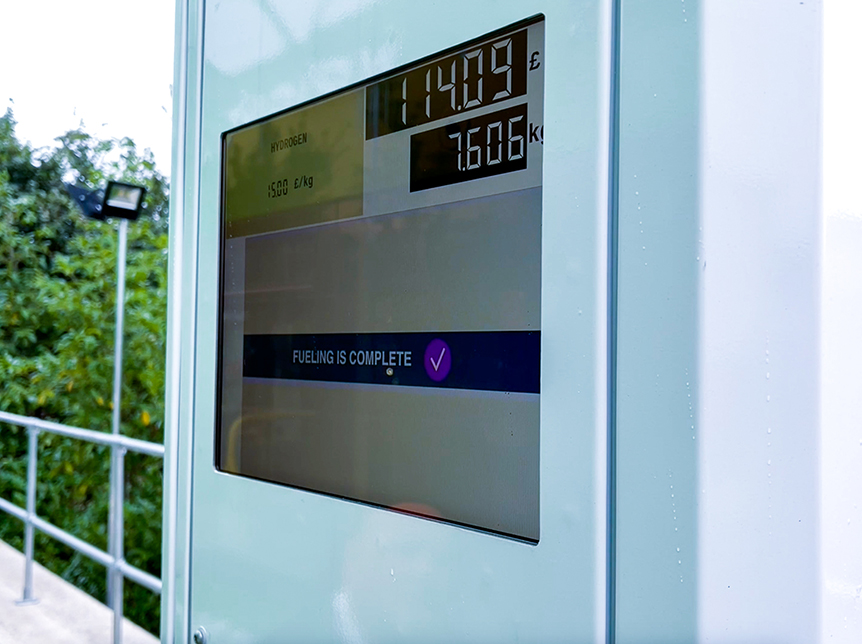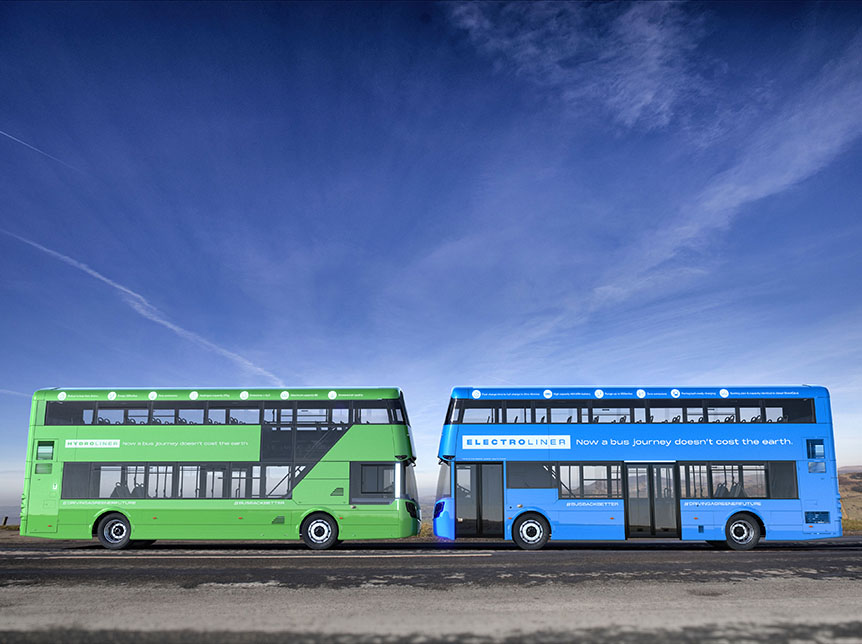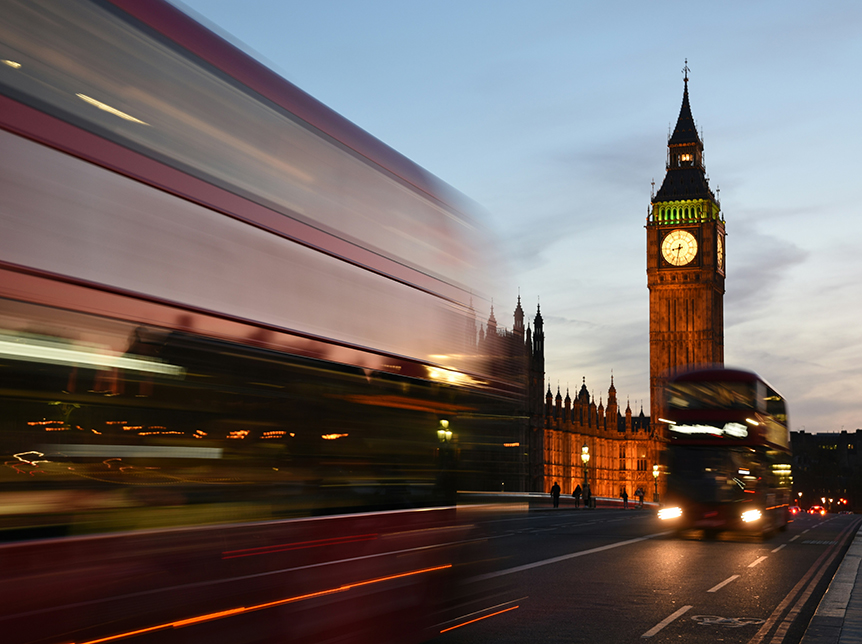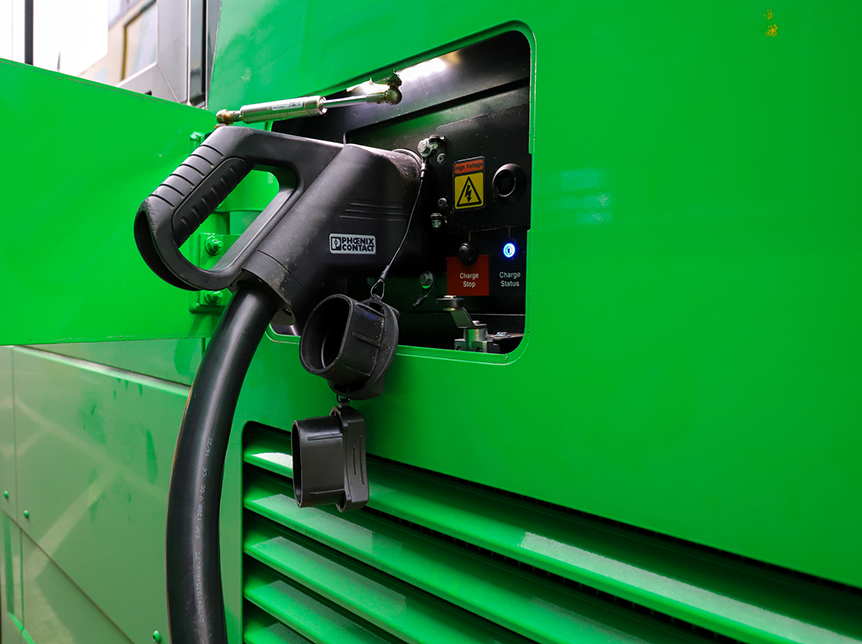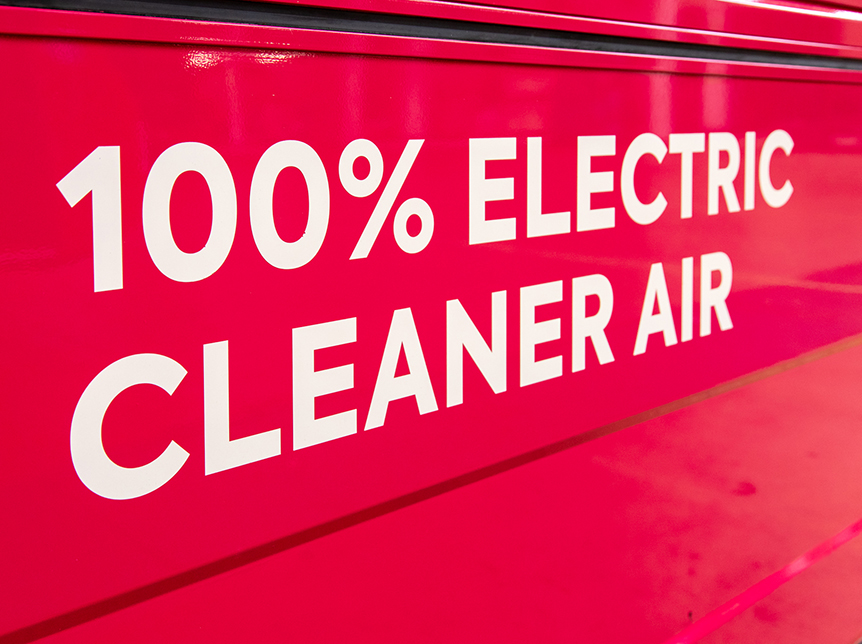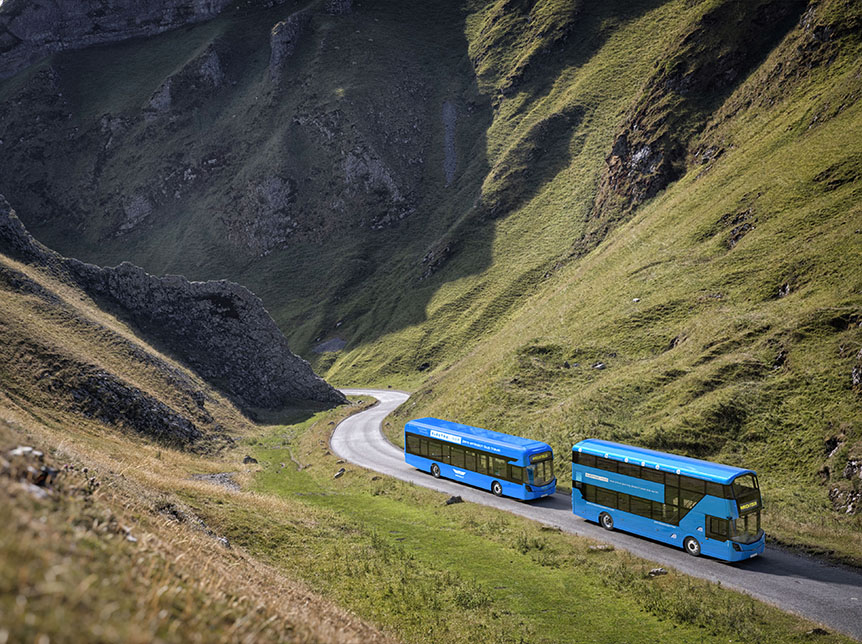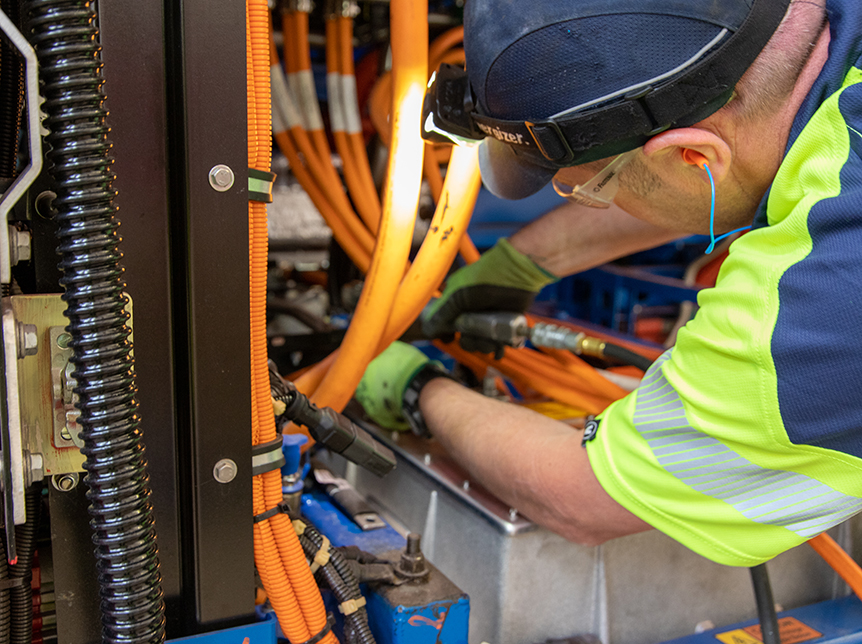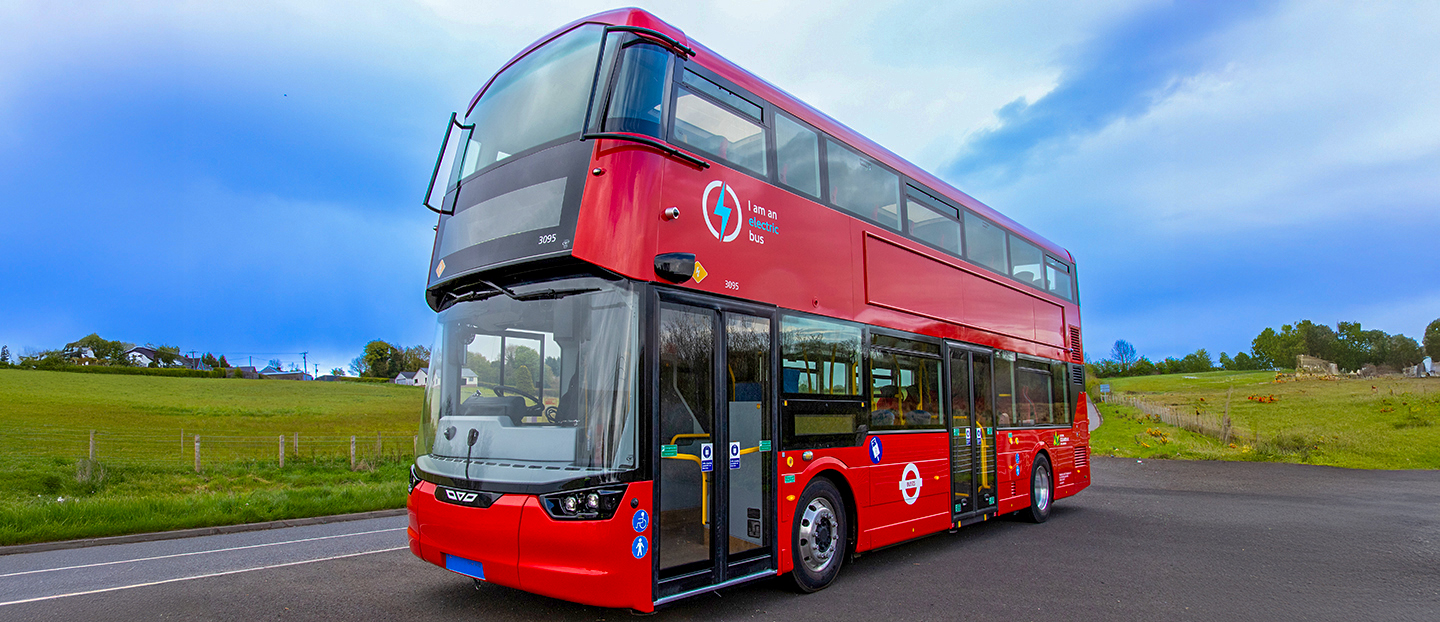
Double-decker buses are a popular mode of transportation worldwide, offering high passenger capacity while optimizing road space. They are commonly seen in major cities like London, Hong Kong, and Singapore, where public transport efficiency is crucial. In this article, we’ll explore the size of a double-decker bus, its width, and why these buses remain a key part of modern transit systems.
What Is a Double-Decker Bus?
A double-decker bus is a two-level bus designed to carry more passengers than a single-deck vehicle without taking up extra road space. These buses are widely used for city transportation, sightseeing tours, and long-distance travel.
Size of a Double-Decker Bus
The size of a double-decker bus varies depending on the country, manufacturer, and purpose. However, most models fall within a standard range.
Typical Double-Decker Bus Dimensions:
- Length: 9 to 14 meters (30 to 45 feet)
- Height: 4 to 4.4 meters (13 to 14.4 feet)
- Width: 2.4 to 2.55 meters (7.9 to 8.4 feet)
These dimensions ensure the bus remains stable while accommodating large numbers of passengers. The height is carefully regulated to ensure the bus can pass under bridges and tunnels.
Double-Decker Bus Width
The double-decker bus width is typically between 2.4 and 2.55 meters (7.9 to 8.4 feet). This width allows buses to operate smoothly on city roads without obstructing traffic. The width is also designed to provide enough space for aisles and seating while ensuring maneuverability.
Why Width Matters in Double-Decker Buses
1. Traffic Navigation: A standard width ensures the bus can travel on narrow city streets without difficulty.
2. Passenger Comfort: The width determines the seating arrangement and aisle space, affecting overall passenger experience.
3. Stability & Safety: A wider bus provides better balance, reducing the risk of tipping over, especially on sharp turns.
Advantages of Double-Decker Buses
Double-decker buses offer several benefits compared to single-deck buses, making them an essential part of public transport networks.
1. Higher Passenger Capacity
With two levels of seating, these buses can carry between 70 to 100 passengers, significantly more than standard single-deck buses. This helps reduce road congestion by transporting more people in fewer vehicles.
2. Space Optimization
By utilizing vertical space instead of additional road width, double-decker buses allow cities to manage public transportation efficiently without expanding roadways.
3. Better Views for Passengers
The upper deck offers excellent views, making double-decker buses a favorite for sightseeing tours in cities like London and New York.
4. Reduced Environmental Impact
Fewer buses on the road mean lower emissions. Many modern double-decker buses now feature hybrid or fully electric engines, making them even more eco-friendly.
Final Thoughts
The size of a double-decker bus and its width play a crucial role in transportation planning. Their efficient use of space, high passenger capacity, and adaptability make them a key part of urban mobility. As cities grow, double-decker buses will continue to be a smart and sustainable solution for public transport.
Read more
The Double Decker Electric Buses: Revolutionizing Urban Transportation
Read onSingle Decker Electric Buses: Paving the Way for Sustainable Public Transport
Read onElectric Buses and Hydrogen Vehicles: Driving the Future of Sustainable Transportation
Read onHybrid Buses: The Future of Sustainable Double Decker Transportation
Read onThe Future of Public Transit: Single Decker Buses and Hydrogen Fuel Cell Vehicles
Read onExploring the Future of Transportation: Battery Electric Vehicles and Double Decker Buses
Read onNavigating Urban Landscapes: The Versatility of Single Deck Buses and Double Deck Buses
Read onLondon's Bendy Bus Legacy and the Innovation of London Electric Vehicle Company
Read onPioneering Zero-Emission Transport: The Rise of Electric Bus Companies in the UK
Read onEmbracing Tomorrow's Roads: Zero-Emission vs. Battery Electric Vehicles
Read onThe Perfect Blend: Exploring Hybrid Electric Vehicles and the Role of Coach Builders
Read on
Get in touch
Wrightbus has been at the forefront of transport innovation since 1946, relentlessly pushing the boundaries with its commitment to quality, style and safety.
